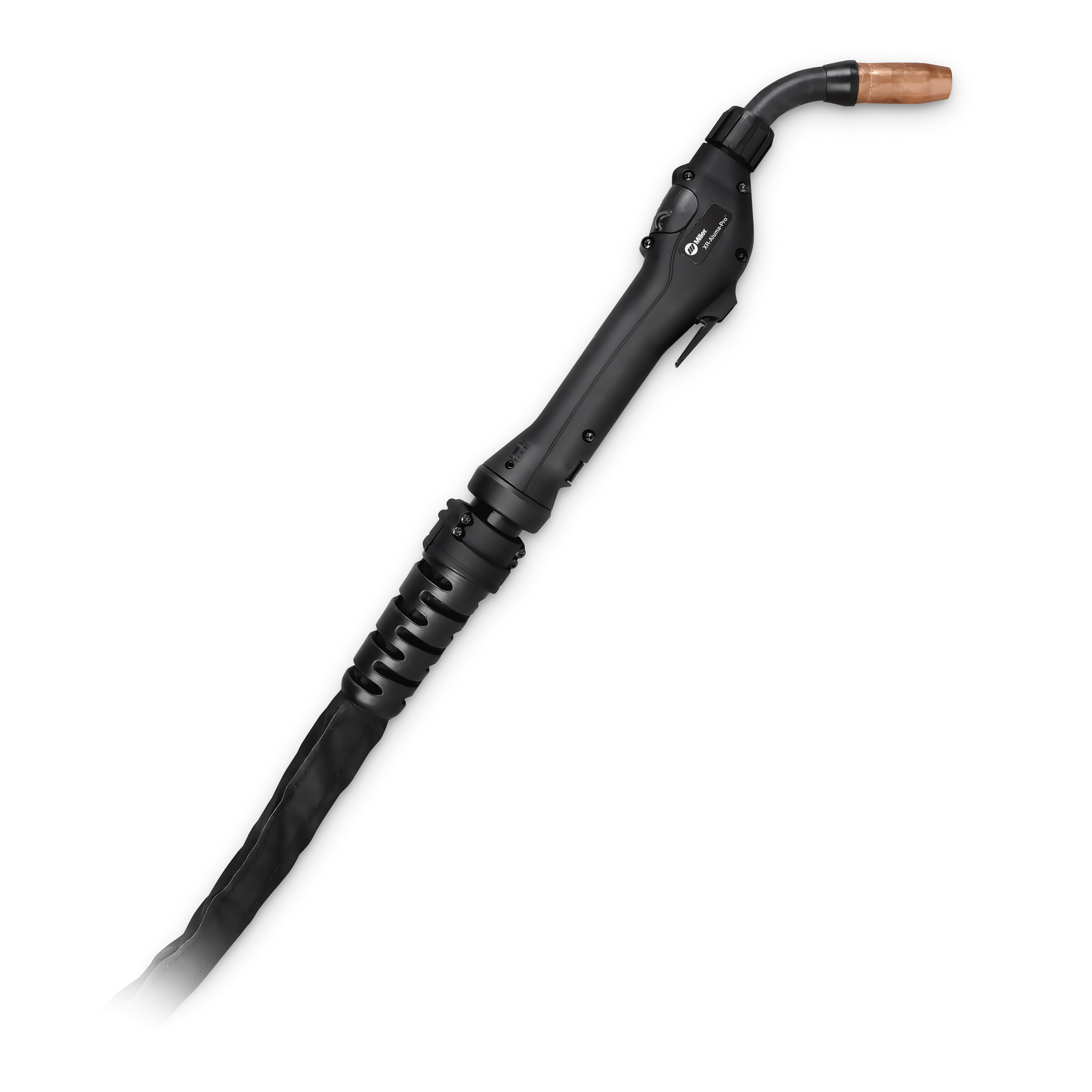@firestopper -
push - pull I’m on:
Robust professional-grade gun has the highest duty cycle rating in its class.

www.millerwelds.com
I hear it takes Cobra’s consumables/is rebranded Cobra (IDK for sure, Central always has tips for it onhand)
I haven’t pushed the duty to the point of wishing I’d gotten the water-cooled one, and frankly only 1 TIG machine at work has a water jacket - all field work is stick or scratch-arc TIG.
And yeah, I have that Bernard gun for all but AL, and I wish it wasn’t such a bear to maneuver / someday I may try to find either a lighter duty gun.
Great for hot beads in straight lines, but if I wasn’t used to them from the refinery / SS repair work we do, I’d hate the thing since my 350p is my home machine / I’m not a production shop.
That Bernard would discourage a home/pure hobbyist IMO, heavy gun, stiff jacket comared to any Miller mig gun on any of the smaller machines.
I just got spoiled on refinery gear so when I had really wore alot of life out of my old Challenger 172 & inverters were proving stable, I went all the way.
That & their 875 plasma round out my ‘wall of blue’ - I never do/use AL in the refinery, so I sorta overkilled on it, but I have thoughts of doing a plasma table, specifically this one:
The 4'x3' Crossfire PRO CNC plasma table features powered Z-axis, height sensing and an optional automatic THC module. Take your fabrication to the next level.

www.langmuirsystems.com
- You know anybody on one?
We sub out CNC / plasma cut parts at work but I’ve asked those vendors and they’re all on $10K+ / full sheet capacity tables.
None knew 1st hand or seen the Crossfire in person.
I like having full width capacity, but 3’ the other way is plenty - bigger than that I’d cut with a guide or farm out shapes, esp if they need a bend on a press.

